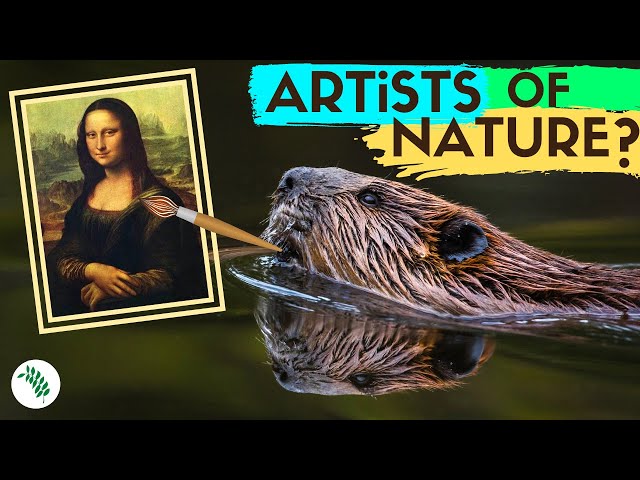Rewilding Britain – Beavers & the Renaissance of the Countryside
It all started with an idea of reintroducing beavers to the UK. The beavers were hunted to extinction in England around 400 years ago, but now they are returning at a rate of one every year, thanks to a reintroduction programme by the Scottish Wildlife Trust.
Rewilding Britain is a project that has been going on for the past ten years. The project is an attempt to bring back species that have been extinct in the country for hundreds of years.
The concept of rewilding, which entails the restoration and enhancement of natural landscapes and ecosystems, has gained momentum across the world. In Britain, a significant contributor to this rewilding movement has been the reintroduction of beavers. This essay delves into the crucial role that beavers play in the renaissance of the British countryside, promoting biodiversity, enhancing ecosystem services, and reinvigorating landscapes for future generations.
Contents
The Beavers’ Return
Historically, beavers were native to Britain until they were hunted to extinction in the 16th century for their fur, meat, and castoreum—a substance with medicinal and aromatic properties. After a long absence, beavers have made a remarkable return to Britain. Several organizations, including the Devon Wildlife Trust and the Scottish Wildlife Trust, have been involved in monitored reintroduction programs, carefully selecting suitable release sites.
The Biodiversity Boost
Beavers are known as ecosystem engineers due to their ability to transform landscapes by creating wetlands, building dams and lodges, and felling trees. This activity brings about profound positive impacts on biodiversity:
- Habitat Creation: Beavers create wetlands that support a wide range of aquatic and terrestrial species. These wetlands are breeding grounds for amphibians, habitat for waterfowl, and a source of food for insects, birds, and mammals.
- Water Quality: Beaver dams and wetlands act as natural filtration systems, reducing pollution and silt in waterways. Cleaner water benefits fish populations and aquatic vegetation.
- Climate Change Mitigation: Beaver wetlands store water, potentially reducing flood risks downstream. They also sequester carbon, contributing to climate change mitigation.
- Tree Planting: Beavers selectively fell trees, promoting the growth of young, regenerating woodland. This activity can enhance forest biodiversity and improve the structure of woodlands.
Challenges and Controversies
The reintroduction of beavers is not without challenges and controversies:
- Land Use Conflicts: Beavers’ dam-building activities can lead to flooding of farmland, causing tension with agricultural and forestry interests. Adequate management practices need to be implemented to mitigate these conflicts.
- Disease Concerns: Beavers have been associated with the spread of certain diseases. Vigilance and monitoring are crucial to address potential health risks.
- Legislative and Policy Issues: Legal frameworks and government policies need to be adapted to address the protection, conservation, and management of beavers and their habitats.
Community Engagement and Education
Community engagement and public education are essential components of successful beaver reintroduction programs. Educational initiatives can help address concerns, enhance public awareness of the benefits of beavers, and foster coexistence between humans and these keystone species.
Conclusion
Beavers, once a vital part of Britain’s natural heritage, are making a triumphant return, contributing to the rewilding movement and the renaissance of the British countryside. Their remarkable ability to engineer ecosystems, enhance biodiversity, and provide ecosystem services should not be underestimated. While challenges and controversies persist, ongoing monitoring, management, and public engagement efforts can help ensure the coexistence of beavers and humans in the British landscape. By embracing the beaver’s return and recognizing their role in the restoration of ecosystems, Britain is taking significant steps toward a more biodiverse and sustainable future.


